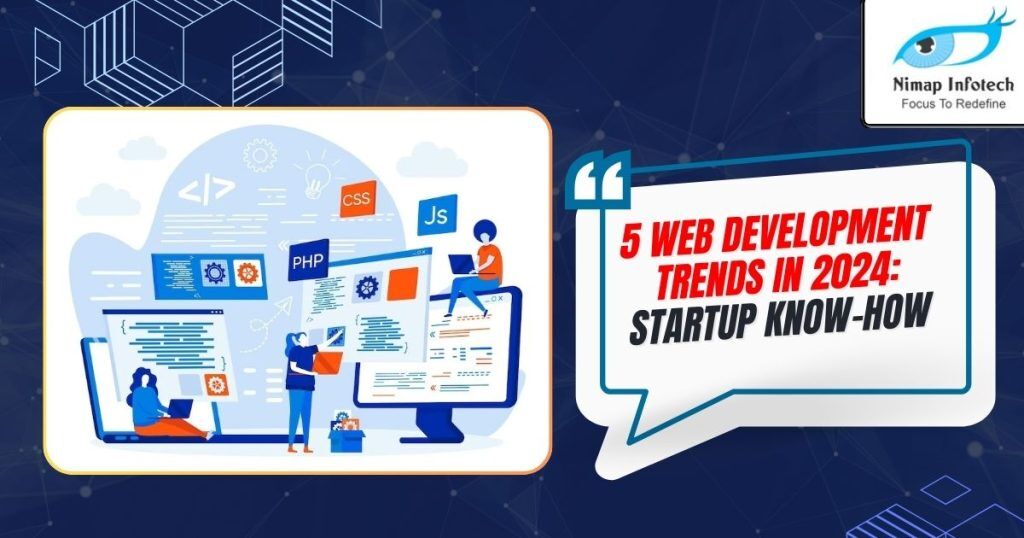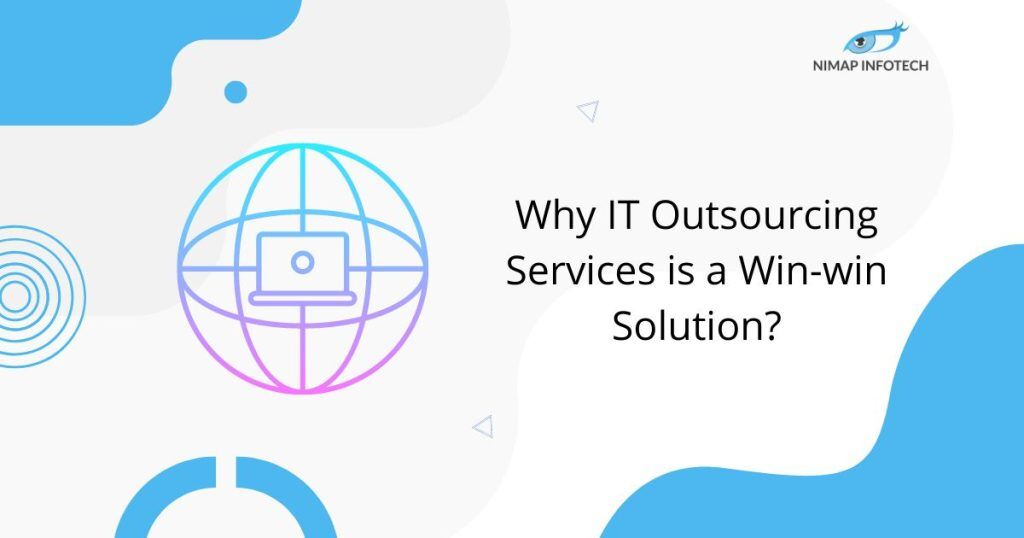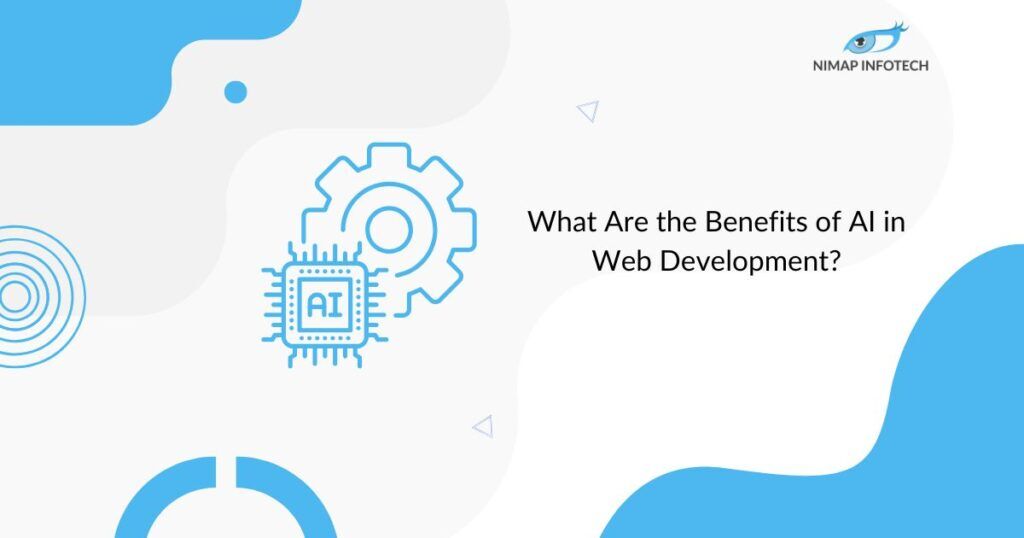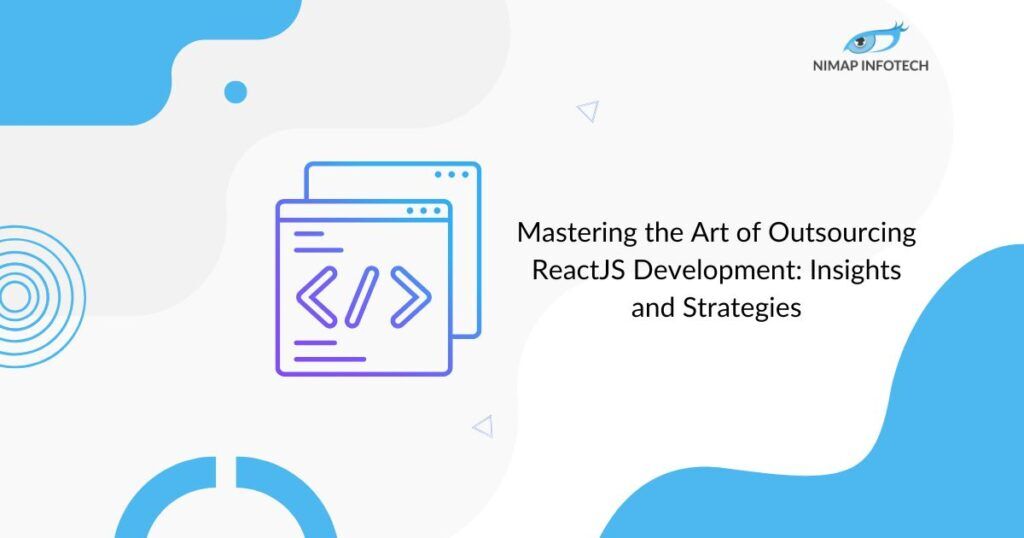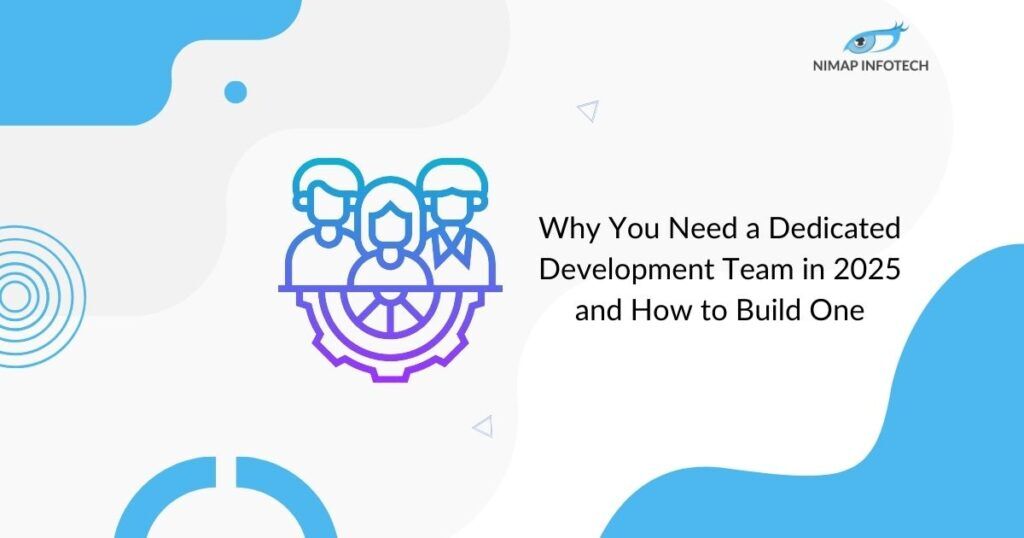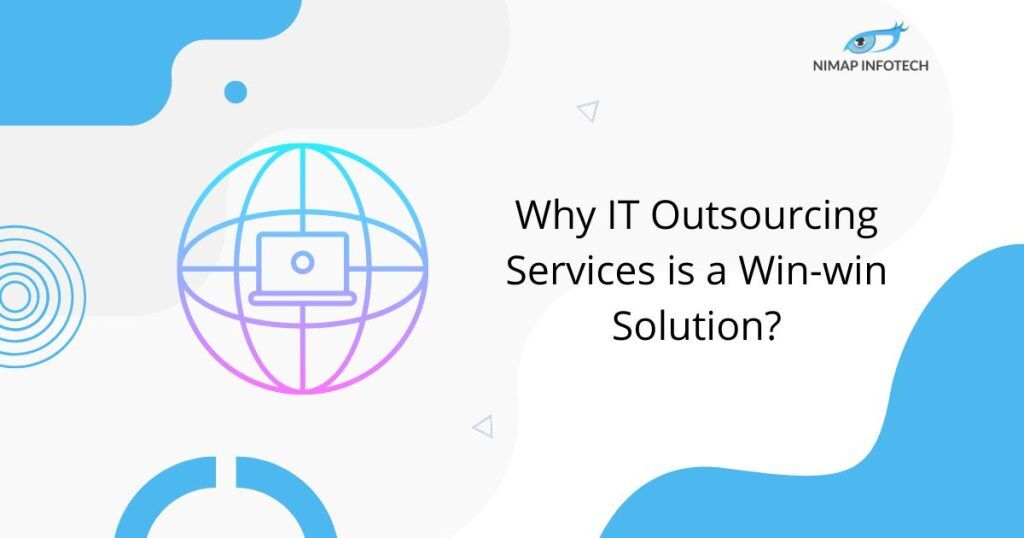Table of Contents
ToggleWeb Development Trends of 2024 –
Future innovations that will support companies in staying competitive will be the key emphasis of web development in 2024. The majority of web development trends had changed or were no longer relevant. It is crucial to stay abreast with the latest web development technologies and advancements. The most recent web development trends include:
Mobile First Approach:
- As the name suggests, a mobile-friendly web application assumes that the content of the website functions well on desktop computers or smaller mobile devices.
- Your web application should have a flexible and adaptive design.
- This feature enables swift access to content on all devices, especially on the compact screens of smartphones and tablets.
Improved SEO:
- Websites that are optimized for mobile devices are ranked higher by search engines like Google.
Decreased Maintenance Complexity:
- By concentrating on essential features and gradually improving them for larger screens, developers can lessen the complexity of maintenance.
Also Read: Benefits Of Web Development For Business
Cost Savings:
- Development time and expenses can be reduced by starting with a mobile-first strategy.
- The design process is streamlined by prioritizing the most crucial features and functionalities.
AI-Powered Chatbots:
- Chatbots, equipped with AI and NLP skills, can communicate with users like humans.
- They are widely used in many different industries, and people gain from them in many different ways.
- Customers may have a human-like experience with the chatbot, which can answer problems around the clock.
- As it becomes more popular and accessible, it is likely to become a major web development trend.
24/7 E-commerce Support:
- Chatbots help clients in the e-commerce industry by tracking orders, suggesting products, and addressing problems.
- This increases revenue and fosters better customer loyalty.
Support for Healthcare:
- Chatbots in the healthcare industry make treatment more accessible and encourage patient participation by assisting users in finding information about symptoms, making appointments, and receiving medication reminders.
Multilingual Support:
- AI chatbots prove valuable for multinational companies as they can converse in multiple languages, catering to a worldwide clientele.
Education Support:
- Technology can be incorporated into learning environments to give learning resources, tutor students, and respond to their questions, all of which improve the educational process.
Virtual Assistant:
- AI chatbots can function as virtual assistants, assisting users with activities like scheduling appointments, checking the weather, and making reminders. This can simplify daily routines.
PWA(Progressive Web App):
- PWAs improve the user experience in in-app browsers and speed up website loading by allowing web pages to function offline.
- To create such apps, web development tools including HTML, CSS, JavaScript, React, and Angular are employed.
- Businesses that use this technology to improve user experience and usage include Uber, Starbucks, Pinterest, Instagram, and MakeMyTrip.
Faster Load Times:
- They are made to load quickly, lower bounce rates, and increase user interaction.
Push Notifications:
- PWAs let businesses re-engage customers with tailored updates and promotions by sending push notifications to consumers in a manner akin to native mobile apps.
App-like Experience:
- PWAs provide consumers with a seamless mobile app experience by simulating natural animations, transitions, and interactions.
Easy Installation:
- Installing PWAs is as simple as installing a native app; users only need to tap or click to add them to their home screens, which creates a shortcut for quick access.
Advanced E-Commerce Website:
- Web design will have explored more functionality and design by 2024, producing “smarter” websites that abandon antiquated formats, basic templates, and conventional layouts.
- The UX of a consumer will be approached in a far more customized way.
- Web developers can use the newest web technologies to create unique, customized experiences.
Cyber Security:
- These days, cyberattacks are a concern. As cybercrime surges, businesses with websites have transitioned to employing verification and authentication to mitigate cyberattacks.
- These apps include firewalls, Google Authenticator, patch management, and many more.
- Health and finance industries are highly vulnerable to cyberattacks, necessitating robust security measures to protect their vast data.
Voice Search and Navigation:
- The majority of individuals currently use voice search extensively and effectively.
- Technology corporations are responsible for creating virtual assistants like Google Assistant, Siri, and Alexa.
- Web apps must incorporate speech technology from the beginning of development and throughout content creation to fully harness the potential of voice interfaces.
More Web Development Trends in 2024?
Let’s now examine more closely the trends that will propel web development trends forward in the upcoming year. Some of them seemed like they were out of a science fiction movie when they first appeared a few years ago, but they are progressively becoming a part of everyday life.
Blockchain as a Service:
- We predict blockchain technology to achieve significant traction in enterprise transactions by 2023, among other current advances in online development.
- Businesses are depending more and more on blockchain’s decentralization to run their operations with enhanced security and defence against cyberattacks.
- In turn, the rising demand for blockchain services in 2024 will mirror this.
- Businesses can save resources by prioritizing the creation and management of their blockchain applications over infrastructure management.
- Blockchain experts believe that different businesses will use technology more in their operations.
- These businesses include supply chains, pharmaceuticals, food and beverage, telecommunications, and financial services.
Extended Reality:
- Virtual reality (VR), augmented reality (AR), and mixed reality (MR) are all combined under the umbrella term “XR.”
- With the widespread use of XR technology today, businesses have a plethora of new avenues to engage with their clientele.
- The industries where extended reality will be most prevalent include healthcare, marketing, and education.
- The use of holographic images of the human body and its organs for student practice, surgical simulators for surgeon training, and surgical robots are a few examples in the healthcare industry.
- Stanford Medicine creates a 3D model using MRIs, CT scans, and angiography images, allowing physicians and patients to interact and view the information.
More Meta Frameworks:
- In recent years, developers have used frameworks like React.js, Vue.js, and Svelte.js to develop single-page applications (SPAs).
- The use of these JavaScript frameworks has led to a significant shift in the development environment towards server-side rendering (SSR).
Read More: How to Find the Best Web Application Development Company
Nimap Infotech: Your Trusted Partner for Web Development –
Over our 14 years of business, our web development services have demonstrated their efficacy. Throughout this period, we have worked on various web and mobile app development projects.
Each of our developers has extensive experience dealing with a variety of technologies and possesses strong technical expertise. We continuously learn and adapt to the latest web application development to offer our clients the best solutions. Our portfolio includes products that use AI, cloud computing, and the Internet of Things for different commercial applications.
Author
-

Sagar Nagda is the Founder and Owner of Nimap Infotech, a leading IT outsourcing and project management company specializing in web and mobile app development. With an MBA from Bocconi University, Italy, and a Digital Marketing specialization from UCLA, Sagar blends business acumen with digital expertise. He has organically scaled Nimap Infotech, serving 500+ clients with over 1200 projects delivered.
View all posts

